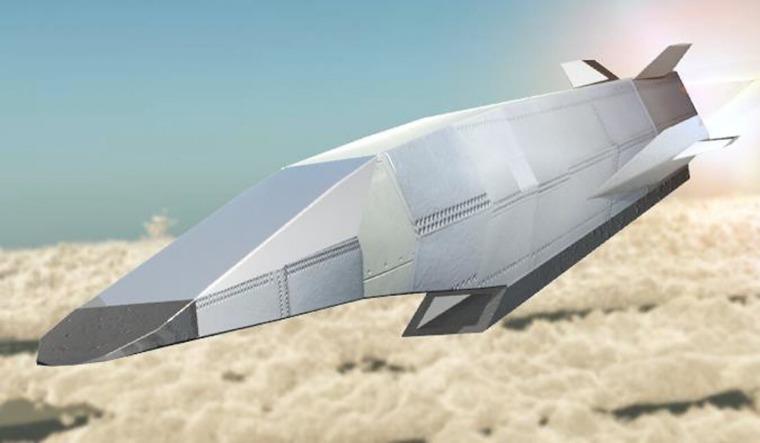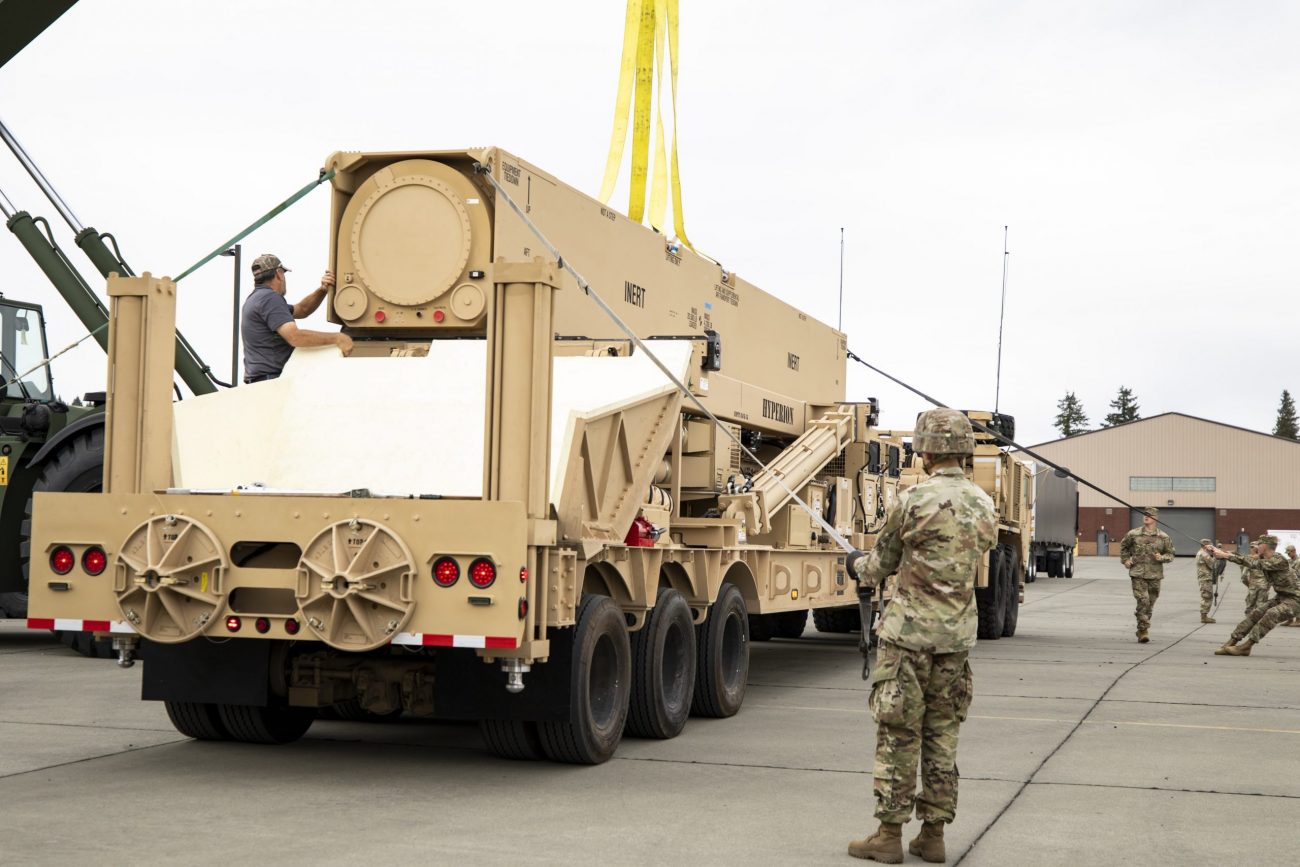Japan’s Sankei Shimbun newspaper reported that the country has received unofficial proposals to join the AUKUS military alliance, which was established last year by Australia, the United Kingdom, and the United States.
Japan finally put an end to speculations that it had been invited to join the AUKUS security partnership, stating that there is no truth to the reports.
Several anonymous Japanese government sources told the newspaper that each of the alliance’s three members had approached Tokyo informally about such a prospect.
The three allies planned to “incorporate Japanese technological capabilities” in the development of hypersonic weapons and the enhancement of electronic warfare capabilities, the report said.
Sankei Shimbun also noted, “there are expectations for synergistic effects with Japanese technological capabilities in advanced technology fields such as cyber, artificial intelligence (AI), and quantum technology”.

The Japanese government’s view of joining AUKUS was “positive,” according to the report, but the country planned to carefully analyze the ramifications of membership given existing security ties with the three countries.
However, on Wednesday, Japan’s Chief Cabinet Secretary Hirokazu Matsuno refuted the newspaper report, saying that “there is no fact” in the Sankei Shimbun article. He also stated that Tokyo was “not asked to participate in AUKUS.”
Meanwhile, experts predict that AUKUS nations will concentrate on developing land-attack and anti-ship hypersonic cruise missiles with scramjet engines that allow them to fly at a constant altitude and high speeds.
The creation of AUKUS has infuriated China, which has dubbed it an “Asia-Pacific version of NATO” that is “doomed to fail.” Beijing claimed that the pact would only lead to an arms race in the region and that providing nuclear submarine technology to Australia was in violation of international conventions on nuclear proliferation.
AUKUS Pact And Japan’s Support
In September 2021, the leaders of Australia, the United Kingdom, and the United States announced the AUKUS pact, which is widely considered a tactic to counterbalance China’s expanding dominance in the Pacific.

Its initial goal was to supply Canberra with a fleet of nuclear-powered submarines. However, the trio stated last week that they will collaborate on developing hypersonic technology, with Japan welcoming the decision.
The Japanese government’s spokesperson welcomed the decision, saying that Tokyo will “continue to strengthen cooperation in various ways” with the three “important security and defense partners.”
“In the wake of Russia’s aggression against Ukraine, the Indo-Pacific region needs further strengthening security cooperation among allies and like-minded countries, and Japan commends (the AUKUS announcement) as a timely response,” Chief Cabinet Secretary Hirokazu Matsuno told a news conference.
China is also thought to have a hypersonic scramjet program as well, however, it appears to be concentrating on hypersonic glide vehicles for the time being, similar to the ones tested in July of last year. Experts believe that AUKUS now appears to be attempting to compete in this area.
Tokyo’s Quest for Hypersonic Weapons
The nuclear-armed North Koreans’ latest missile tests, including a purported hypersonic missile test earlier this year, have spurred Tokyo to focus on developing counter-hypersonic technologies.

In January 2022, Japan expressed its interest in collaborating with the US to combat the hypersonic threat, with the allies’ top diplomats and defense chiefs pledging to conduct a collaborative analysis focusing on a potential counter-hypersonic technology partnership.
The Defense Ministry has also set aside funds for full-fledged research into building rail guns that use electromagnetic force to fire projectiles at extremely high speeds to intercept hypersonic missiles.
In 2018, Japan revealed that it was developing hypersonic missiles. In March 2020, Japan revealed plans to develop two types of hypersonic weapons: hypersonic cruise missiles (HCMs) and hyper-velocity gliding projectiles (HVGPs).
The hypersonic cruise missile would use a scramjet engine and the other would use a “solid-fuel rocket engine to boost its warhead payload to a high altitude before separation, where it will then glide to its target using its altitude to maintain high velocity until impact,” according to the Defense news at the time.
:quality(70)/arc-anglerfish-arc2-prod-mco.s3.amazonaws.com/public/UG45C62FMJC6NJOXQ6HZGRUGTE.jpg)
The HVGP would be able to attack both land and maritime targets. It would carry an “armor-piercing warhead built specifically for penetrating the deck of the [aircraft] carrier”. Both weapons are planned to be deployed between 2024 and 2028.
The range of hypersonic missiles is projected to be over 500 kilometers. These missiles could pose a threat to China’s rapidly expanding fleet of aircraft carriers. China currently has two aircraft carriers in service, with a third on the way.
- Contact the author at ashishmichel@gmail.com
- Follow EurAsian Times on Google News




